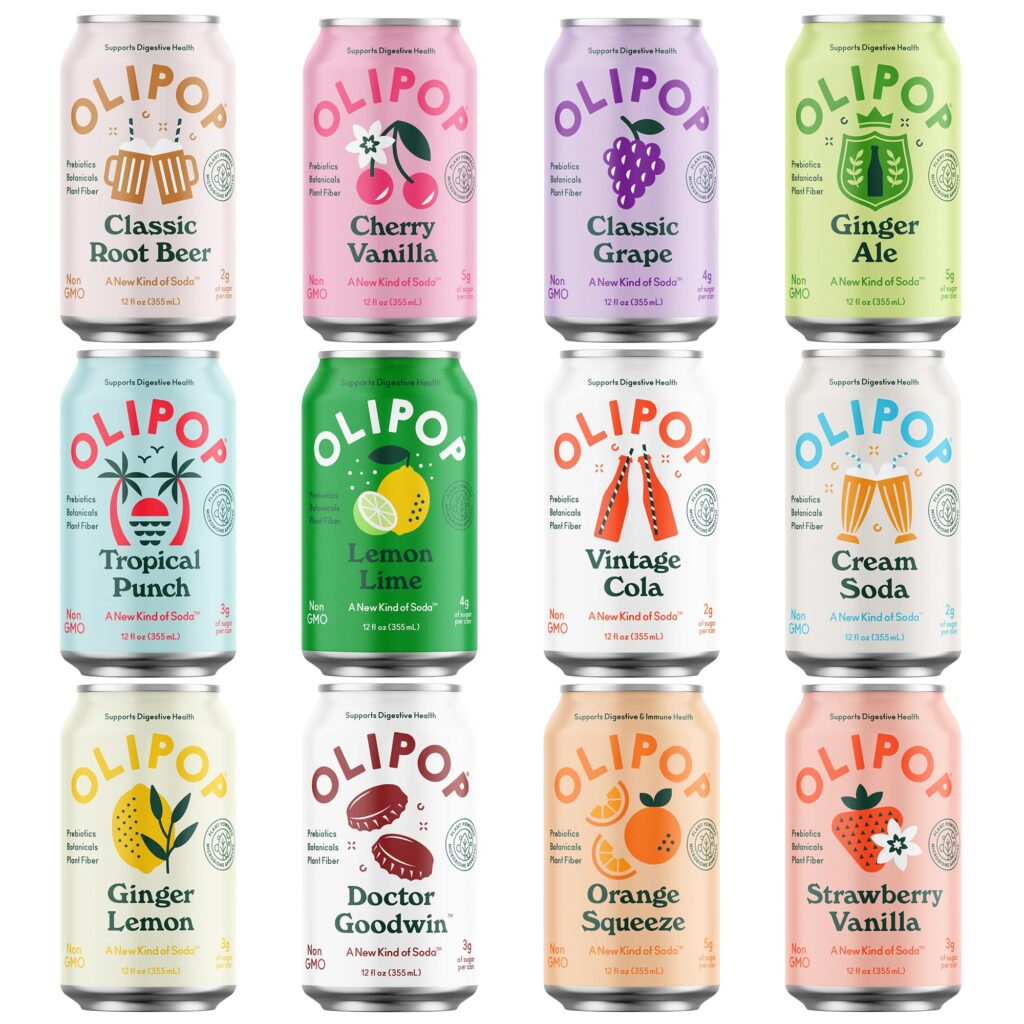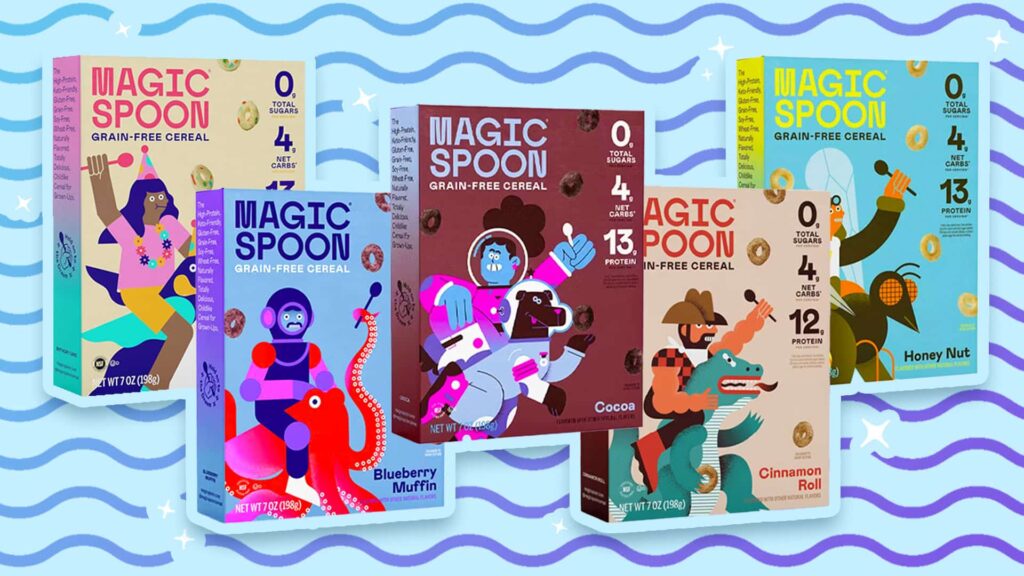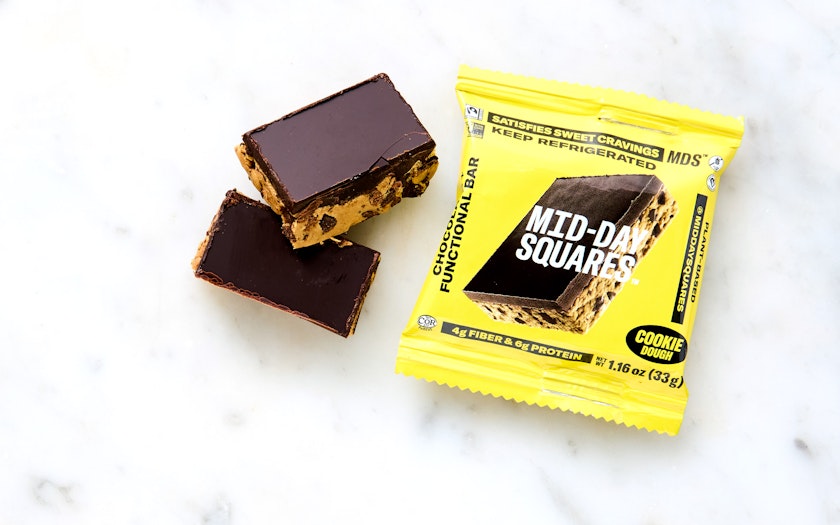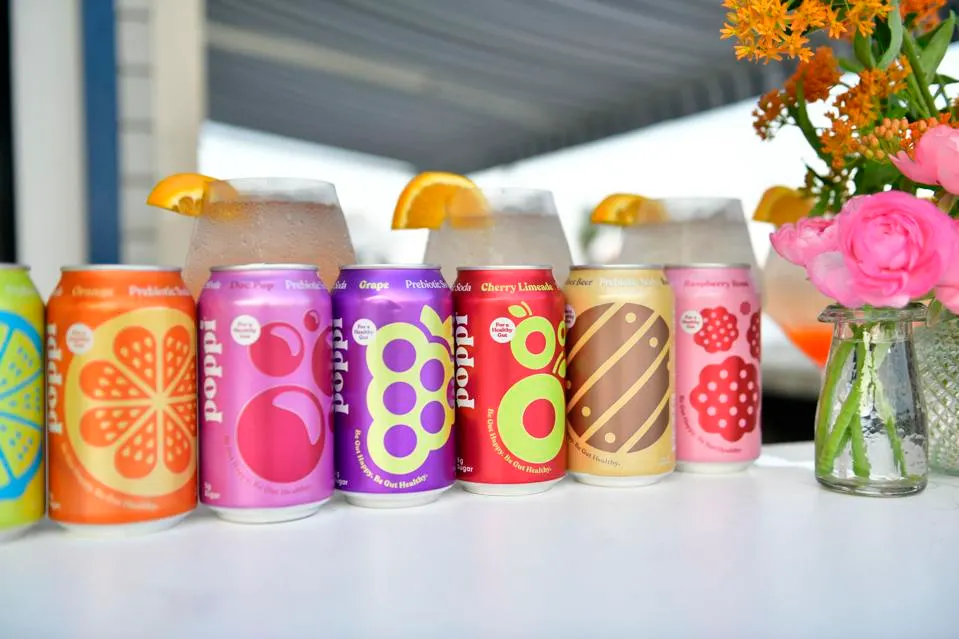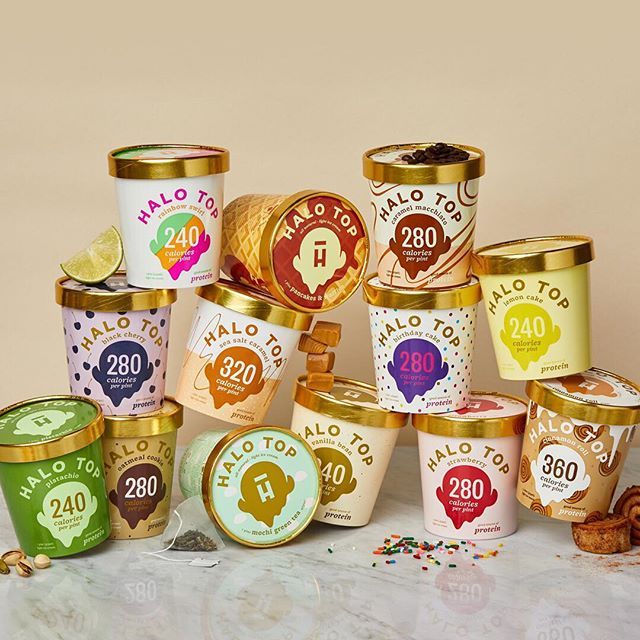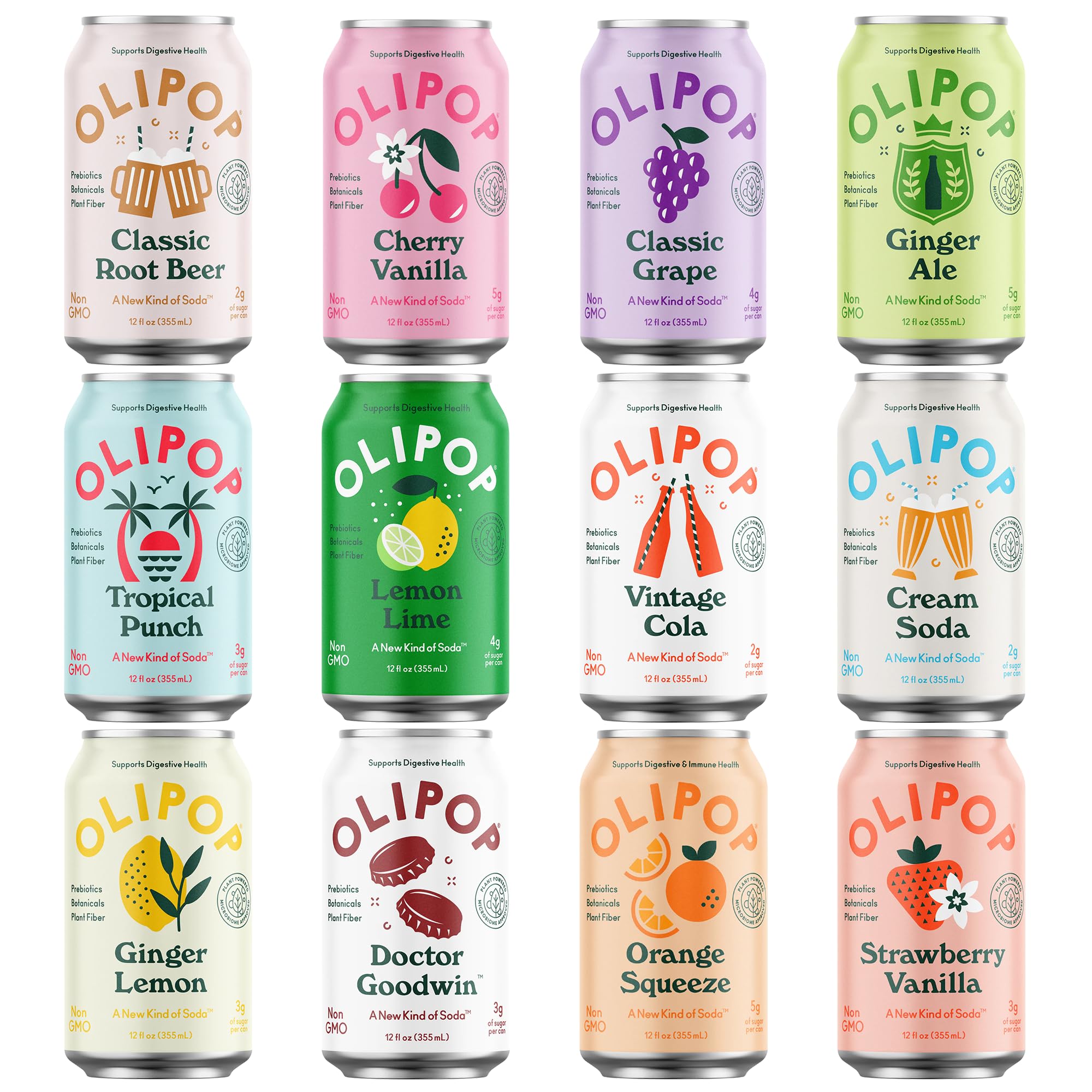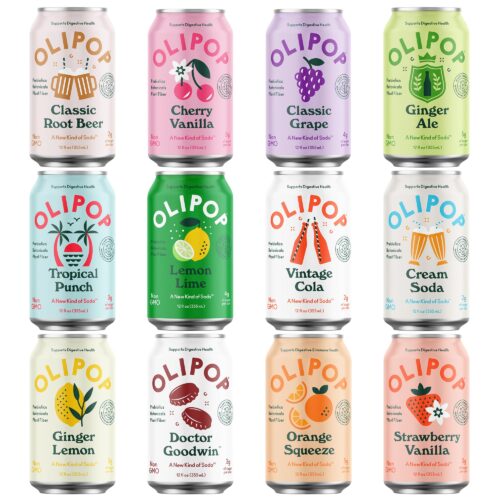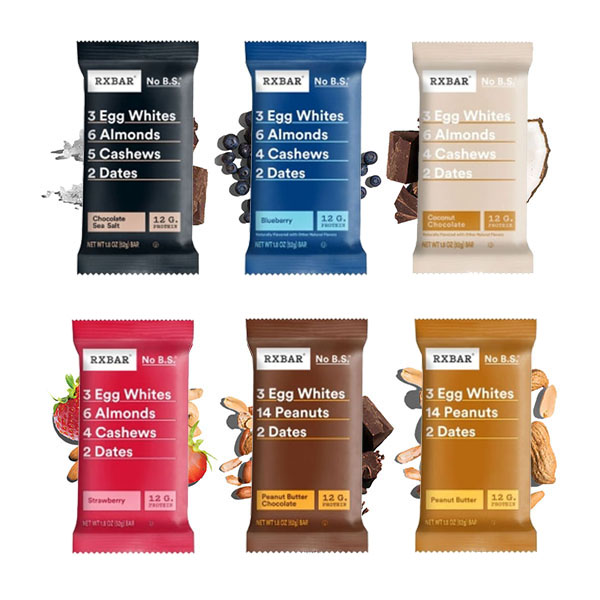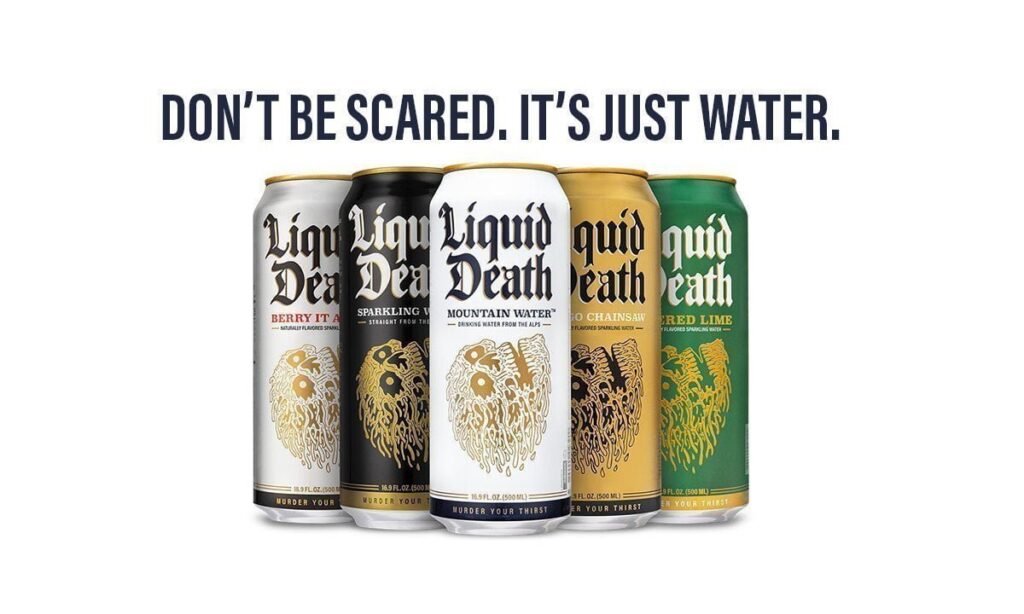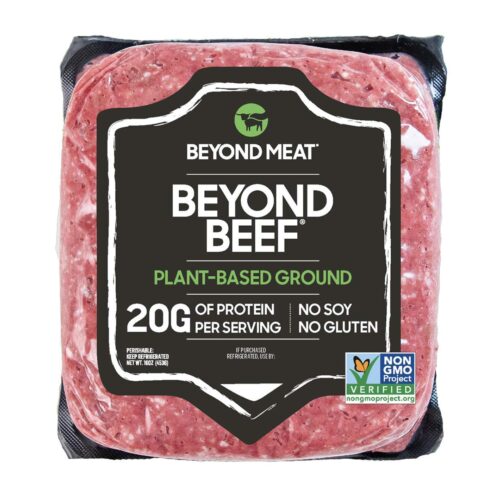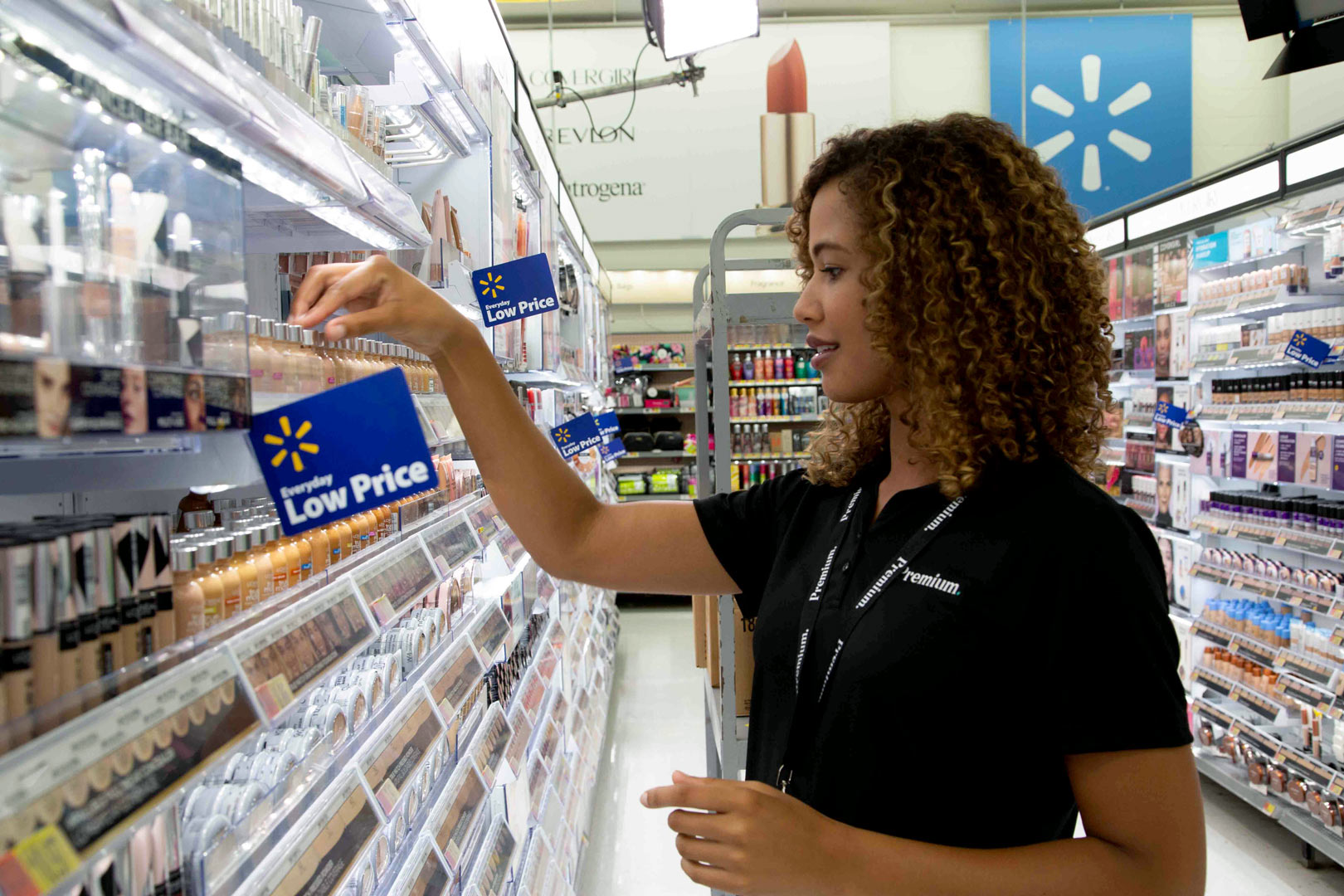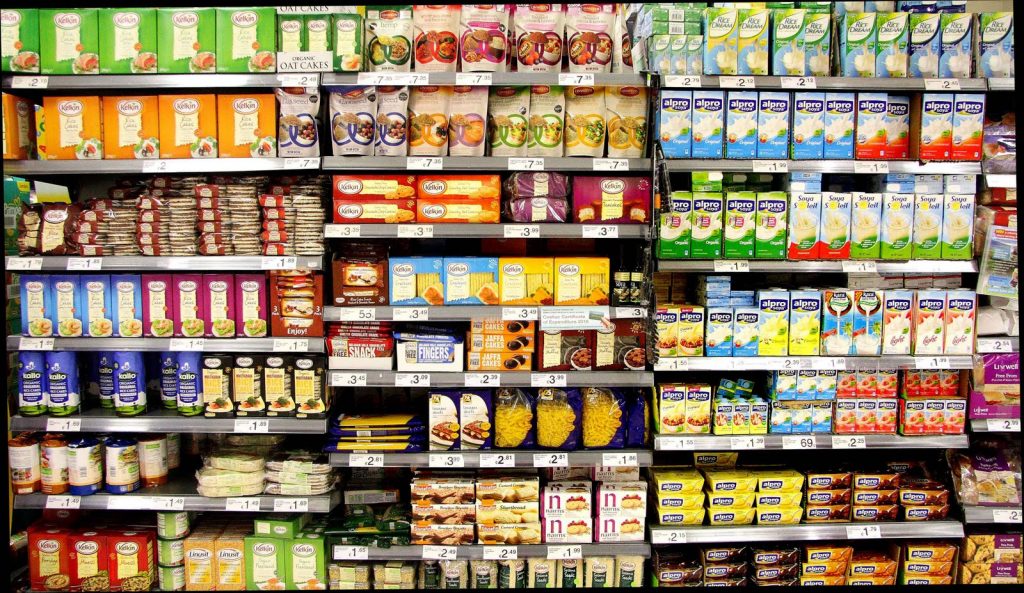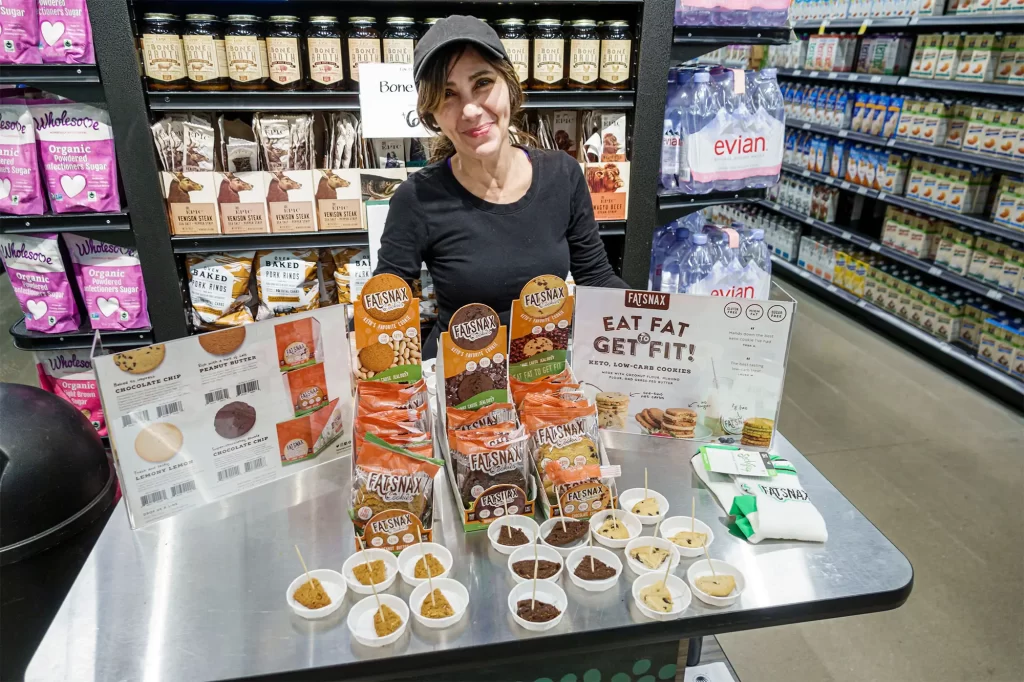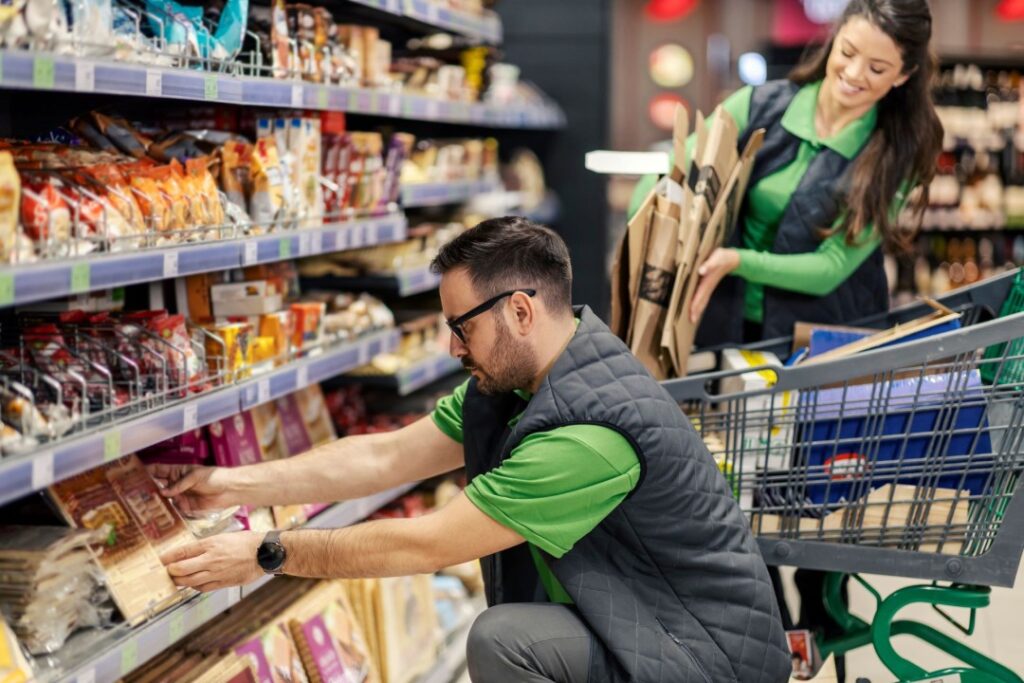Breaking into the U.S. market is already a challenge—but succeeding in the Northeast corridor, one of the most dynamic and competitive regions in the country, requires more than just having a good product. It demands precision, preparation, and strategic adaptation.
Many international brands make the mistake of thinking that it’s enough to have a product that performs well in their home country. They assume that a distributor or wholesaler will take care of everything. In reality, those that thrive in the Northeast U.S. market are the ones who take a hard look at their competitiveness and adapt for this context.
This article will walk you through the critical questions your brand must answer before entering the region—and how failing to address them could cost you your opportunity.
1. Does your pricing model survive U.S. market realities?
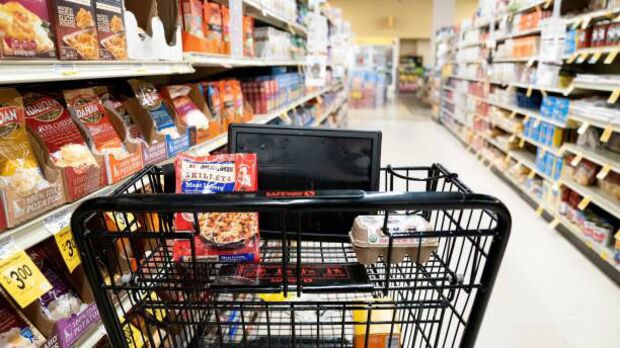
Let’s start with a brutal truth: if your price doesn’t leave enough room for the full cost structure of the U.S. market, you’re not ready.
You need to calculate, with absolute clarity:
- Freight and inland logistics
- Duties and import-related costs
- Wholesale and retail margins
- Promotional spending
- Broker and merchandising fees
We’ve seen brands price themselves out of the market before even landing on a shelf, simply because they underestimated these layers. In this region, retailers expect margins. Wholesalers won’t push a product that isn’t financially viable. If your margins only work in theory—or only in your country of origin—you’re starting off on the wrong foot.
2. Is your packaging built to win and comply?
In a place like the Northeast—where stores are densely packed with high-quality products—packaging must do two things simultaneously:
- Stand out on shelf
- Meet every U.S. regulatory requirement
A visually stunning product might still be a no-go if it lacks:
- English-only or bilingual labeling
- U.S. nutrition panel formats
- FDA-compliant ingredient declarations
- Allergen and handling disclosures
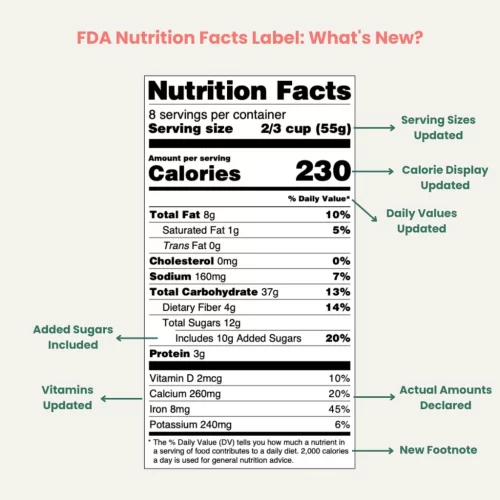
But even if your labeling is perfect, you still need a packaging strategy that reflects category norms and outpaces them. This means studying how your competitors present themselves in Whole Foods, ShopRite, Wegmans, or Key Food—and then going one step further.
📌 Design matters—but compliance is non-negotiable. If you skip this step, your product may never even make it past the wholesaler’s first meeting.
3. Are you pushing your retail hero, not just your best local seller?
One of the most common mistakes we see in consulting sessions is this:
Brands try to launch in the U.S. with the product that’s sold best in their home market—not the one that’s strategically built for retail success in the U.S.
A successful Northeast retail strategy often begins with one hero SKU that is:
- Visually striking and instantly understandable
- Tailored to local taste or trend preferences
- Operationally simple (e.g. fewer logistics challenges)
- Priced to move, with a high margin and high velocity
The idea is simple: prove performance with one product, then expand. Spreading your bets across a dozen SKUs might dilute your focus and stretch your operations thin in a region where velocity is everything.
🔎 Winning brands enter with a sharp, simplified value proposition—and scale once traction is proven.
4. Do you have real knowledge of your competitive set in retail?
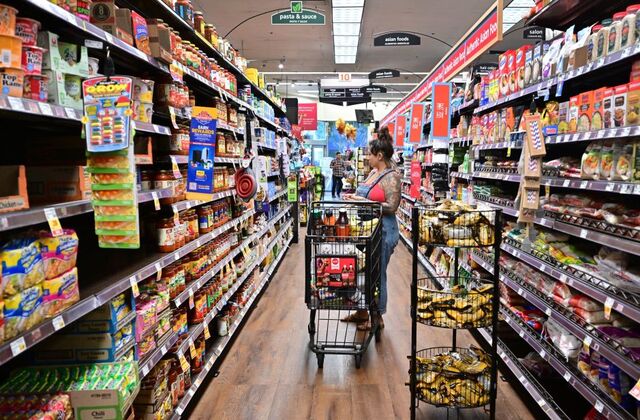
Another blind spot: many brands don’t know who they’re really competing with in-store. They know their direct competitors in their home country, but not the ones on the same shelf in ShopRite or Whole Foods.
To succeed, you must:
- Walk retail stores in the target region
- Analyze how top-performing brands are priced, promoted, and merchandised
- Understand how U.S. consumers navigate the category
- Map out gaps and overlaps between your offer and what’s already available
Retail buyers will always ask:
“What makes this different from the four similar products I already carry?”
If you can’t answer that question with data and clarity, you’re not yet ready to pitch.
Conclusion: Pressure-test your competitiveness before you pitch
Entering the Northeast U.S. retail market is not a game of improvisation. It’s a game of preparation, precision, and positioning.
Before you talk to a wholesaler, before you show up at a trade show, and before you pitch your dream of being in Whole Foods—you need to be honest about whether your product is truly competitive for this region.
At Group MCC, we help CPG brands like yours pressure-test their readiness, optimize their retail strategy, and build the foundations for a successful U.S. launch. Through our consulting services, we guide you in adapting your pricing, packaging, portfolio, and competitive positioning to meet the real demands of this market.
If you’re serious about making it in the Northeast—and not just appearing briefly on a shelf—contact us to start building your market-ready strategy.



